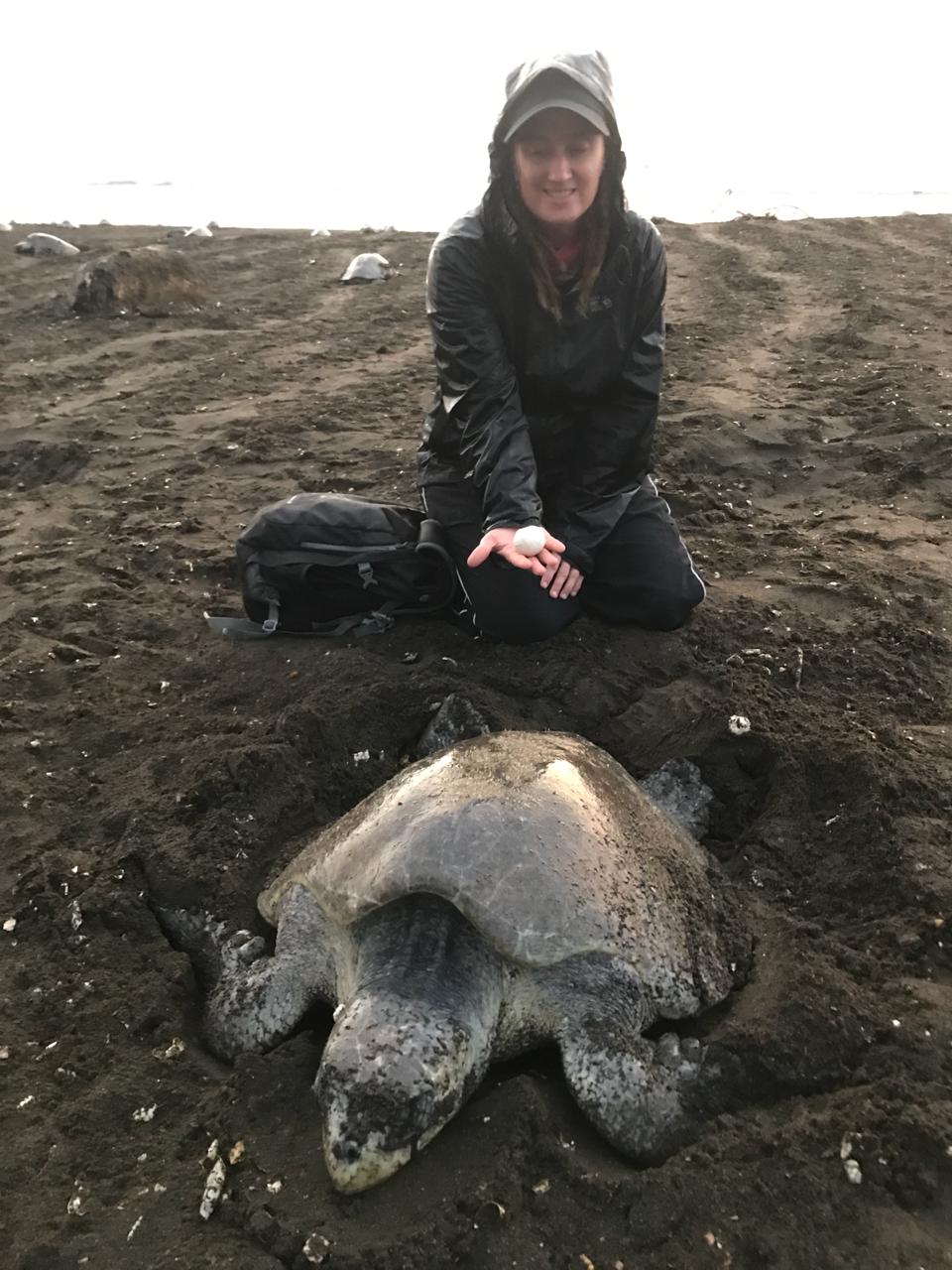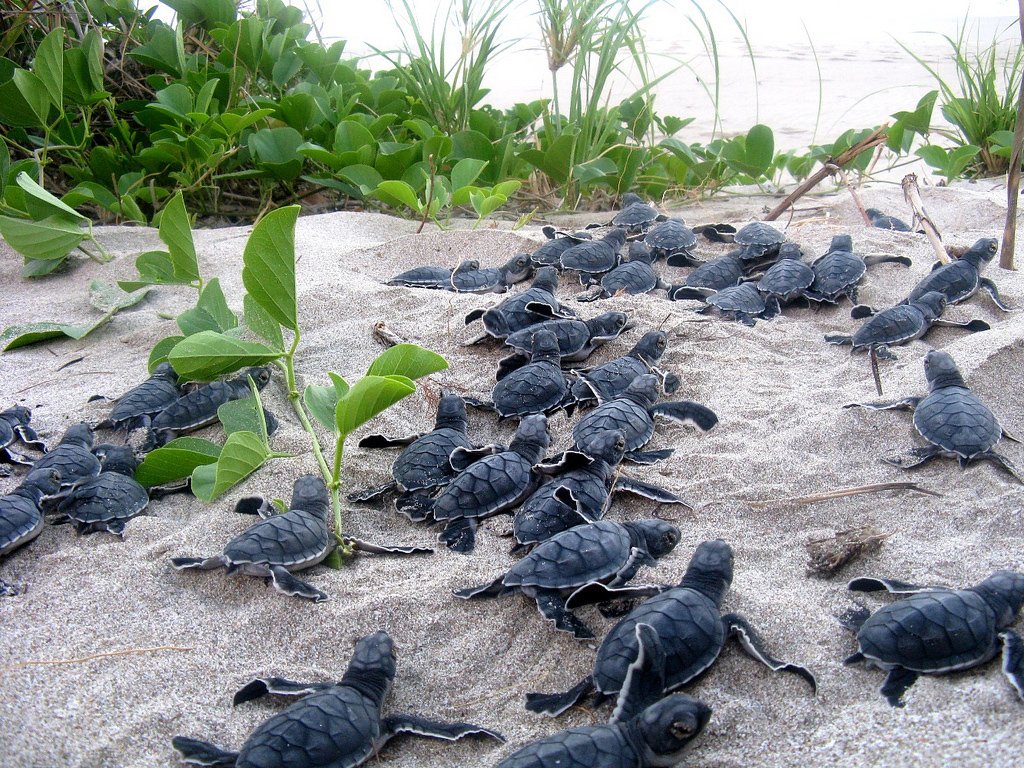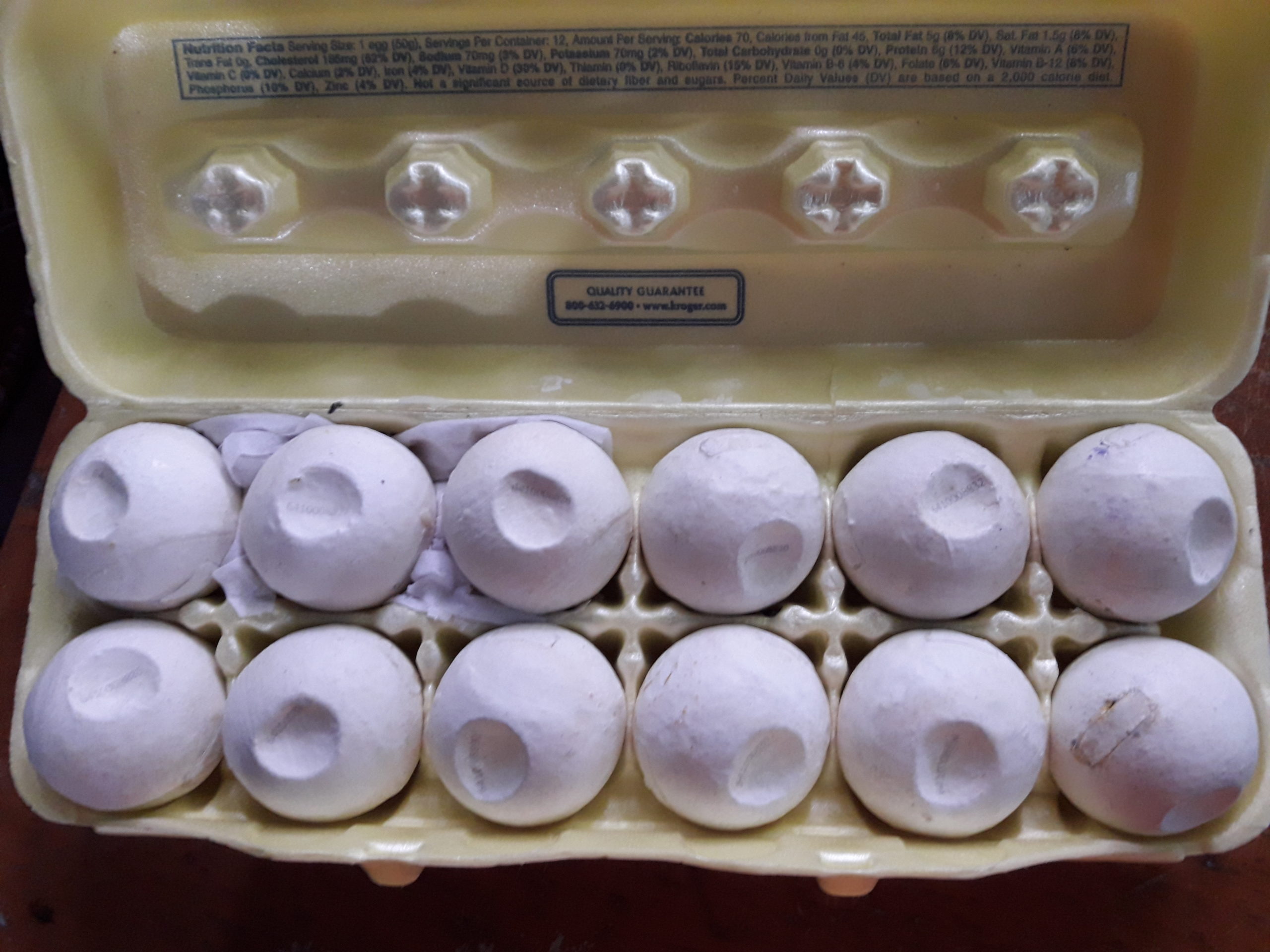Using 3D printing technology, researchers created “fake eggs” to track illegal sea turtle trade in Central American beaches. The eggs were equipped with a GPS tracking system inside to help conservationists and local law enforcement agencies trace illegal egg trade by exposing smugglers and their trading routes.
The global scale of illegal wildlife trade is unprecedented, threatening to destroy vulnerable and endangered species at a time when biodiversity is declining faster than ever. With a value of between $7 billion and $23 billion each year, illegal wildlife trafficking is the fourth most lucrative global crime after drugs, humans, and arms according to the United Nations 2016 World Wildlife Crime Report. In response to the increasing level of illegal wildlife trade over the last several decades, researchers have turned to science to help put an end to this threat.
Poachers on many Central American beaches destroy more than 90% of sea turtle nests to sell the eggs into the illegal wildlife trade. According to conservation organization Paso Pacifico, the eggs are smuggled to cities where they are eaten as a delicacy in restaurants and bars. To uncover trade routes of trafficked sea turtle eggs and expose the rampant illegal trade, a team of researchers placed 3D printed and GPS-enabled decoy sea turtle eggs into nests on the beach.
The new study published in the journal Current Biology gathers key evidence on the movement of traffickers thanks to the egg decoys developed by Paso Pacifico and dubbed InvestEGGator. University of Michigan and Paso Pacifico-affiliated scientist Kim Williams-Guillen conceived and designed the decoys in response to a call for proposals using technological advances to fight wildlife poaching from the United States Agency for International Development (USAID) Wildlife Crime Tech Challenge.
“The idea was kind of an ‘Aha’ moment,” described Williams-Guillen, who recalled two of her favorite TV shows, Breaking Bad and The Wire, that happened to deal with illegal drug trafficking. “In Breaking Bad, the DEA places a GPS tracking device on a tank of chemicals to see who receives the chemicals. In one episode of The Wire, two police officers plant an audio device in a tennis ball to surreptitiously record a suspected drug dealer. Turtle eggs basically look like ping pong balls, and we wanted to know where they were going — put those two ideas together and you have the InvestEGGator.”
Given the nesting strategy of sea turtles and unpredictability of how many and which clutches would be taken, the team needed a product that could be mass-produced yet affordable. So they relied on 3D printing technology to create the housing for the decoy eggs using NinjaFlex, a flexible thermoplastic polyurethane. Once printed, they filled the hollow chamber with high-grade silicone rubber to add weight and flexibility and then embedded it with a Global System for Mobile Communications GPS-GSM transmitter. The authors described that the decoys weighed the same as the turtle eggs they aimed to replicate. In fact, sea turtle eggs are soft-shelled and often indent naturally on contact, which is why the decoys were also created to be soft enough to incorporate a “dimple” into the design.
To see how well they could work in practice, lead author Helen Pheasey, a doctoral student at the School of Anthropology and Conservation of the University of Kent, and her colleagues put the 3D printed decoys in 101 turtle nests on four beaches in Costa Rica. The researchers soon discovered that a quarter of the fake eggs were taken illegally from the nests, allowing them to track eggs from five clutches, including two green turtle nests and three olive ridley nests. One of the decoys made it close to a residential property before going silent. Another went to a bar, just two kilometers away. The one that went farthest ended up 137 kilometers inland, spending two days in transit from the beach to a supermarket loading-bay and then on to a residential property.
“Our research showed that placing a decoy into a turtle nest did not damage the incubating embryos and that the decoys work,” said Pheasey. “We showed that it was possible to track illegally removed eggs from the beach to end consumer as shown by our longest track, which identified the entire trade chain covering 137 kilometers.”
According to Pheasey, early evidence showed that the majority of the stolen eggs didn’t leave the local area, reaffirming the suspicions, as well as some local reports, that most of the trade takes place close to the nesting beach. The findings show that the decoy eggs already are yielding intelligence from the local community in addition to tracking data.
The interior of a 3D printed decoy turtle egg with a visible GPS tracking mechanism. Image courtesy of Helen Pheasey.
The researchers were able to demonstrate that it is possible to place a GPS transmitter into a turtle nest and follow a trafficking event from the beach to end consumers, even though low signal reception on the Caribbean coast is a limitation. Costa Rica, like many turtle range countries, remains extremely difficult to secure convictions for illegal take of wildlife, due to the limited resources available to target traffickers. Instead, the handover points are far more valuable from a law enforcement perspective than catching someone simply taking a nest. This is why InvestEGGator eggs have a vital role in documenting trafficking patterns for law enforcement, gather high-quality evidence, and ultimately disrupt the illegal trade, explain the authors in the study.
The researchers plan to continue improving the technology and its deployment. They conclude that the 3D printed decoy eggs can also be used to unravel egg poaching of other species, such as other egg-laying reptiles, and other trafficked species, like birds endangered by egg collectors. For example, Paso Pacifico plans to work with Costa Rican scientists to adapt the transmitter for use in tracking shipments of shark fins. They are also considering its use in tracking the theft of eggs from parrot nests. The team would also like to see more sea turtle projects use the decoys on their nesting beaches, helping shed light on differences in the turtle egg trade in different countries.

Researcher Helen Pheasey holding a decoy egg on the beach with a sea turtle. Image courtesy of Otto Whitehead.
This wildlife crime is devastating endangered sea turtles with poachers currently having the upper hand on circumventing local authorities, and with little information to date on the routes they use to smuggle endangered species. The science community is mobilizing to fight illegal wildlife trade, mainly leveraging technology. These specifically tested 3D printed decoy eggs could be critical to saving Central American wildlife.
Subscribe to Our Email Newsletter
Stay up-to-date on all the latest news from the 3D printing industry and receive information and offers from third party vendors.
Print Services
Upload your 3D Models and get them printed quickly and efficiently.
You May Also Like
Nikon SLM Solutions Sells SLM 500 to Primary Weapon Systems to Expand Suppressor Production
Primary Weapons Systems (PWS) is a Boise, Idaho-based manufacturer of suppressors, firearms, and related components. A subsidiary of Vigilant Gear and a sister company to aftermarket Glock slide manufacturer Lone...
3DPOD 261: Tooling and Cooling for AM with Jason Murphy, NXC MFG
Jason Murphy´s NXC MFG (Next Chapter Manufacturing) is not a generalist service; instead, the company specializes in making tooling. Using LPBF and binder jet, the company produces some of the...
HP and Firestorm Labs Form Partnership to Use Multi Jet Fusion 3D Printers in Deployable Factories
HP Inc., maker of a range of additive manufacturing (AM) solutions including the Multi Jet Fusion (MJF) ecosystem, has announced a partnership with Firestorm Labs, a developer of containerized, deployable...
3D Printing News Briefs, July 2, 2025: Copper Alloys, Defense Manufacturing, & More
We’re starting off with metals in today’s 3D Printing News Briefs, as Farsoon has unveiled a large-scale AM solution for copper alloys, and Meltio used its wire-laser metal solution to...


































